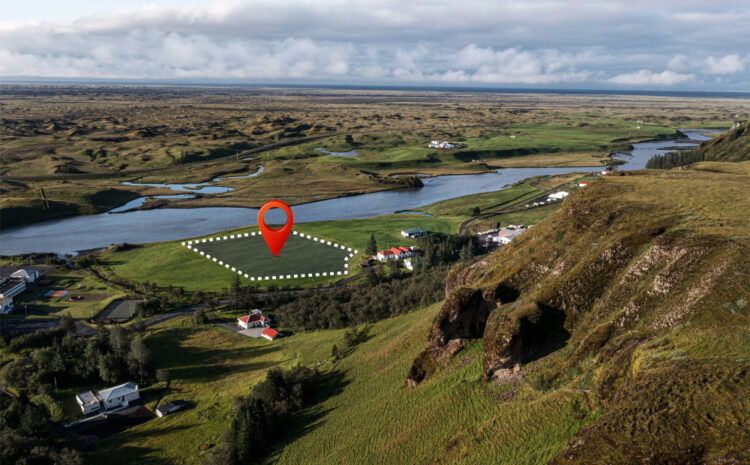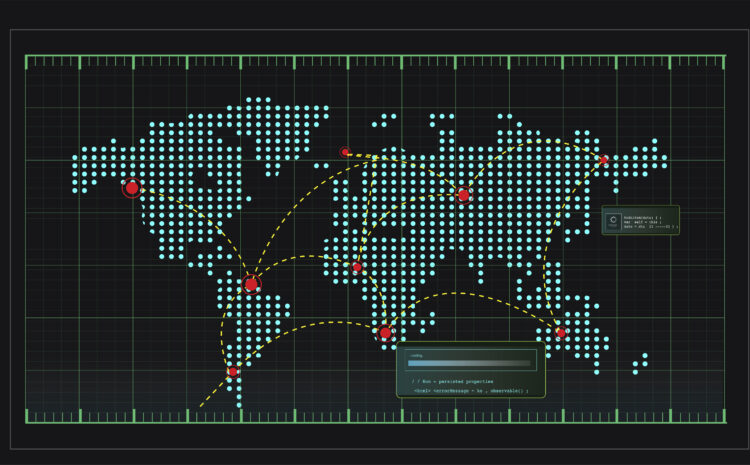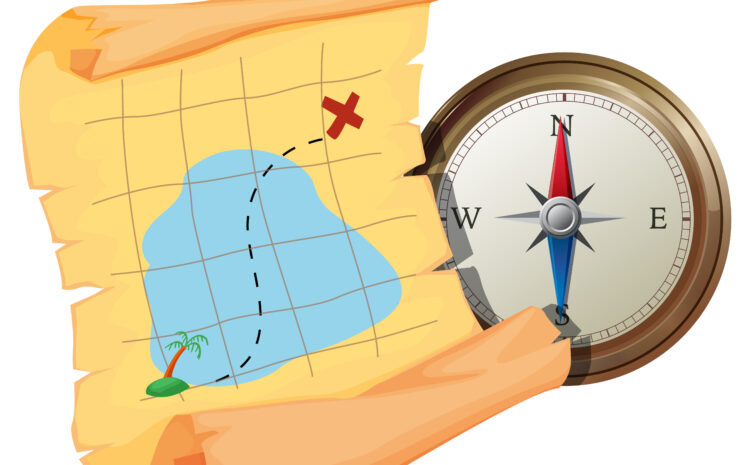How to Classify Satellite Imagery in QGIS Satellite imagery classification is a fundamental technique in remote sensing that allows you to categorize pixels in satellite images into meaningful land cover classes such as water, vegetation, urban areas, and bare soil.…
NDVI Calculation Using QGIS Raster Calculator What is NDVI? The Normalized Difference Vegetation Index (NDVI) is one of the most widely used vegetation indices in remote sensing. NDVI measures vegetation greenness and is useful for analyzing vegetation health, biomass, and…
Python in QGIS Scripting QGIS (Quantum Geographic Information System) is one of the most popular open-source GIS applications, and its extensive Python integration makes it incredibly powerful for automating geospatial workflows. This article explores how to leverage Python for QGIS…
Python GIS Projects for Practice Geographic Information Systems (GIS) combined with Python’s powerful libraries create endless possibilities for spatial analysis, mapping, and geospatial problem-solving. Whether you’re a beginner looking to enter the field or an experienced developer wanting to expand…
The Ultimate Guide: Best Python Tutorials for GIS Students in 2025 Geographic Information Systems (GIS) and Python have become inseparable in modern spatial analysis. As the geospatial industry continues to evolve, mastering Python for GIS applications has become essential for…
UK University GIS Software Licensing: Navigating the New Landscape The Geographic Information Systems (GIS) software licensing landscape for UK universities underwent its most significant transformation in decades during 2024. With Esri’s fundamental shift away from concurrent licensing models and the…
EDINA Digimap Academic Access Guide EDINA Digimap is a comprehensive online mapping and geospatial data service specifically designed for UK higher education institutions. It provides free access to high-quality maps and geographic data from leading national providers including Ordnance Survey,…
Ordnance Survey API Integration Tutorial The Ordnance Survey (OS) APIs provide access to Britain’s most detailed and accurate geospatial data. This comprehensive tutorial will guide you through integrating OS APIs into your applications, from basic setup to advanced implementations. Getting…
OS VectorMap District Download Instructions OS VectorMap District is a free, open dataset from Ordnance Survey providing a simple vector basemap at 1:25,000 scale covering Great Britain. It’s designed for creating graphical mapping and can serve as either a standalone…
Setting Up the British National Grid Coordinate System in QGIS The British National Grid (BNG) is the official coordinate reference system for Great Britain, providing a uniform method for mapping locations across England, Scotland, and Wales. This article provides a…











